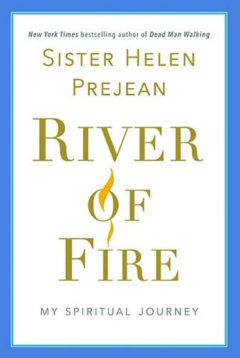River of Fire: My Spiritual Journey

How did Helen Prejean go from a privileged 18-year-old in Baton Rouge to a world-renowned activist and the author of the seminal Dead Man Walking: An Eyewitness Account of the Death Penalty in the United States? In her new book, she shares her path. The book reveals what a nun’s life was like in the 1950s and 1960s—and what living was like in the segregated South. A plantation-store system was still in place, where black people were paid via a tab they could use only at the company store. Educating plantation workers was seen as a suspect political activity.
Prejean provides a greater understanding of why women historically entered convents. What seems restrictive today was then a path to promising employment, a way to be in public spheres like hospitals, to obtain an education, and to avoid becoming the property of a husband. She writes of hard work, but also of small freedoms like visiting the shore, drinking beer, playing cards. There’s a surprising twist, too—a troubled priest who is in love with her.
Prejean does an does an excellent job conveying how Vatican II radically overhauled the Catholic Church. Then, in the early 1980s, she finally has her thunderclap moment, realizing, “How can I claim to be a follower of Jesus if I’m not aligned with poor people in their struggle for simple human dignity? Where have I been? Why have I been so resistant to the Gospel call to work for justice?” She meets lawyers, civil rights activists, and black educators, and begins to work with them. And that is where her next life—the one detailed in Dead Man Walking—begins.









